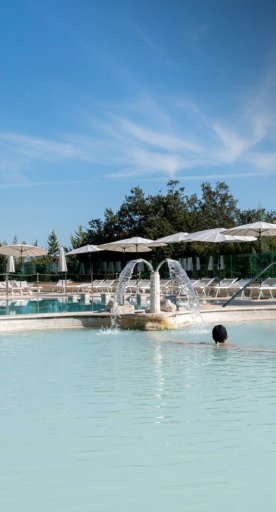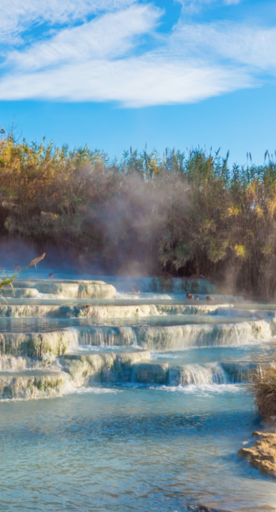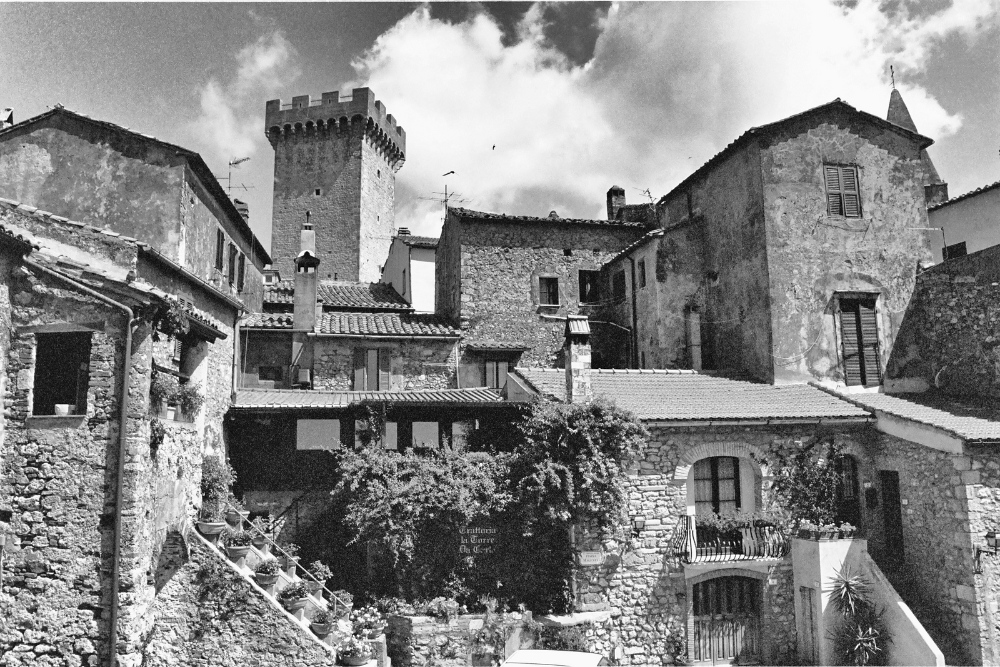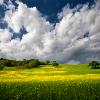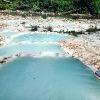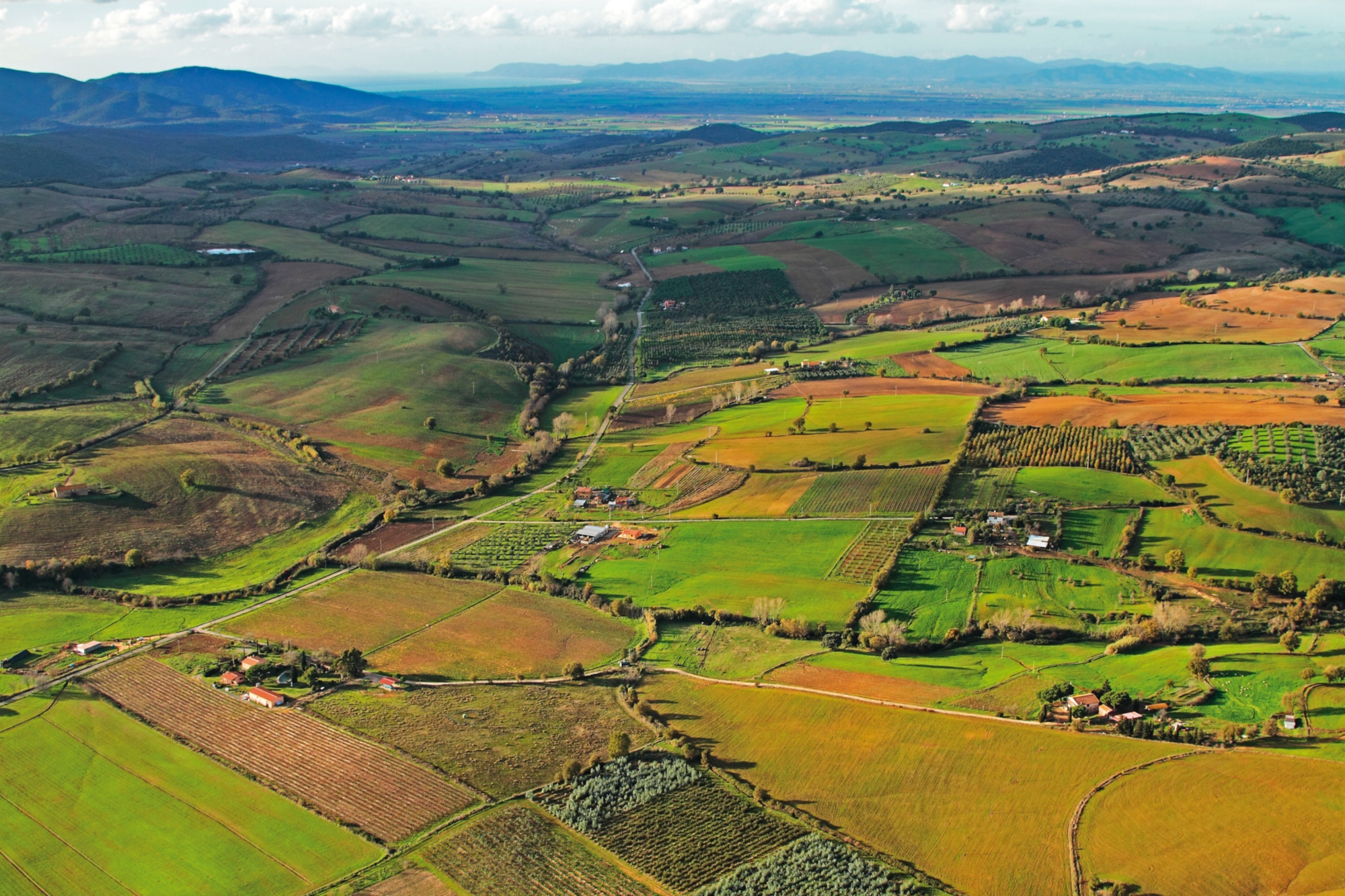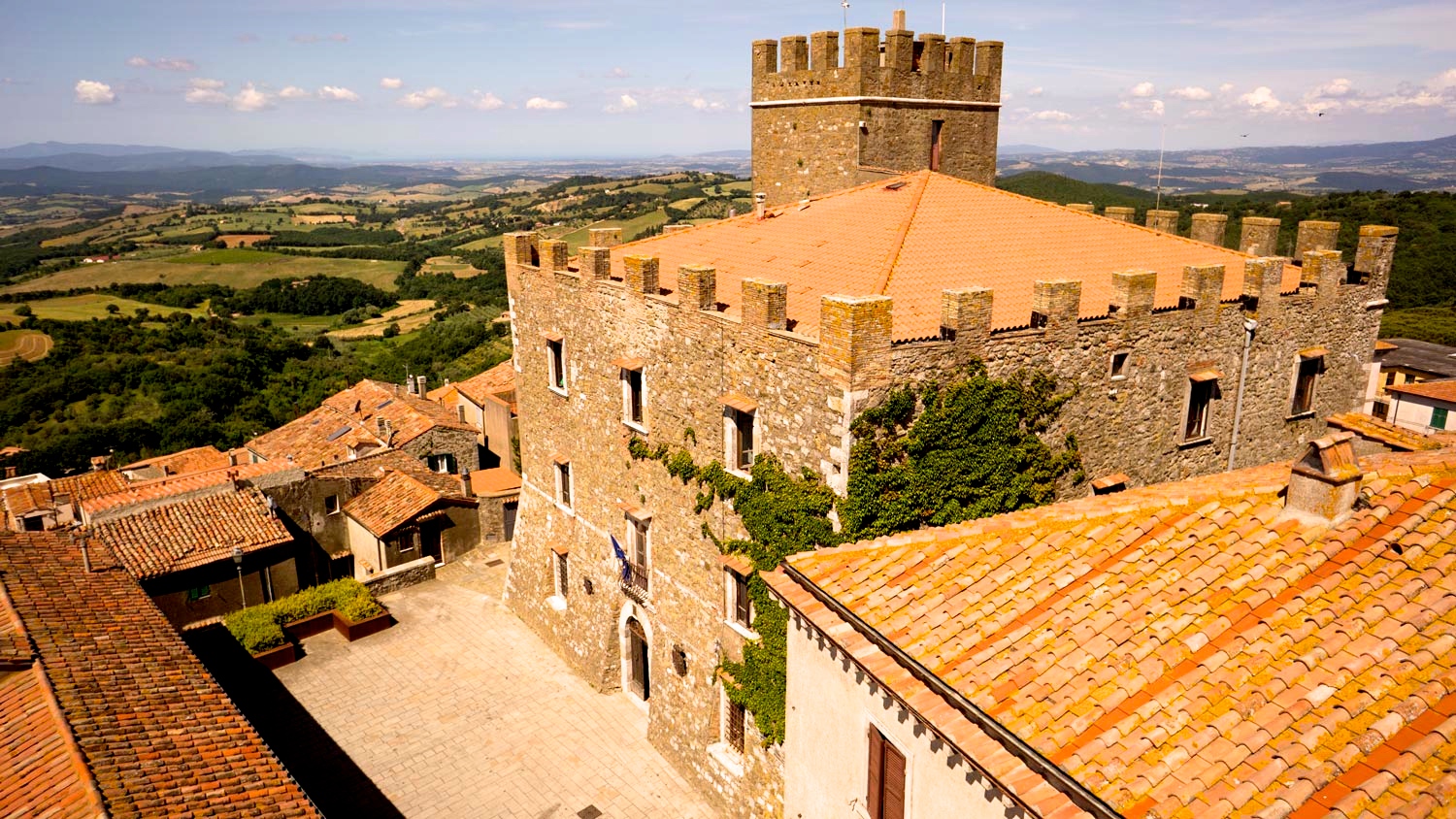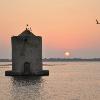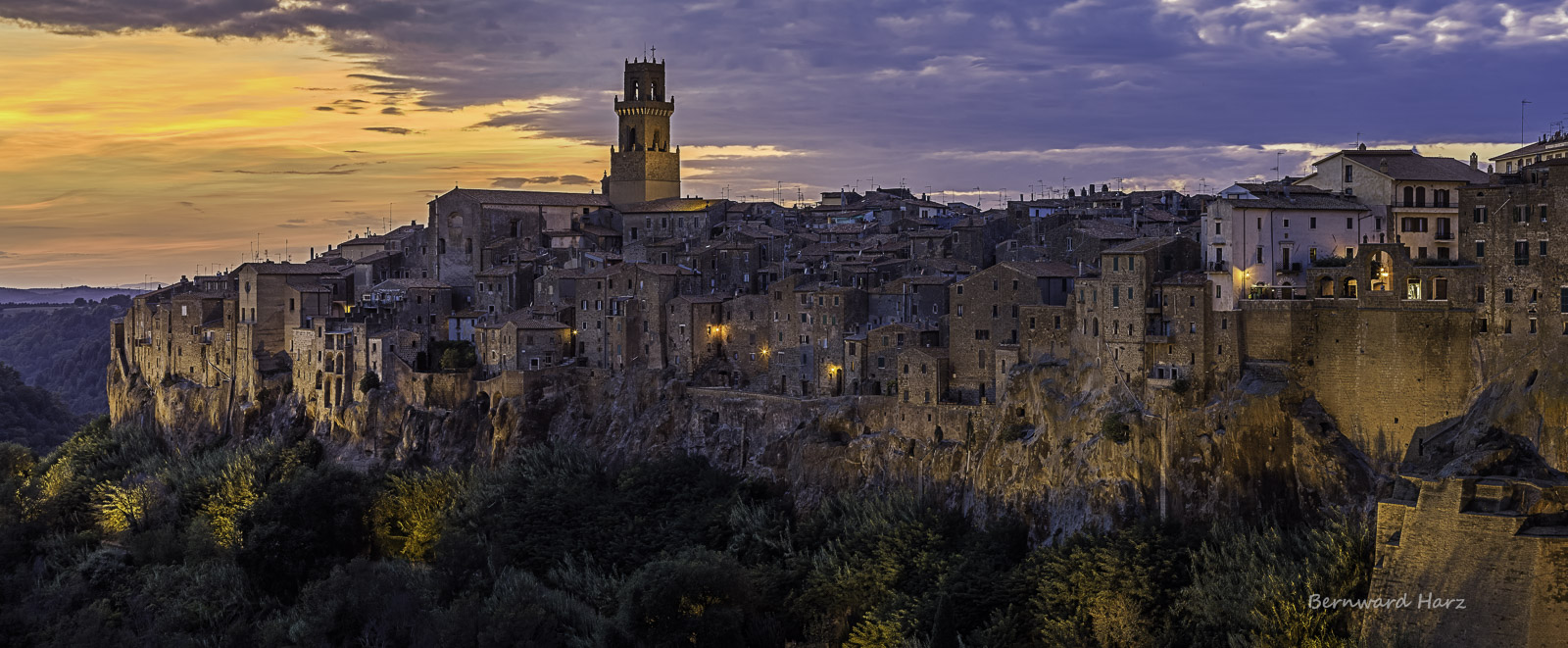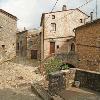Civitella Paganico is located in Maremma, bordering the territories of Siena and Grosseto; it’s for this reason that the village has been greatly affected by the traditions and influences of both areas.
The commune is composed of various centres: Paganico, Casenovole, Casale di Pari, Civitella Marittima, Dogana, Monte Antico, Pari. The municipal offices are in Civitella Marittima, a village with deep Etruscan-Roman roots that sits on top of a hill overlooking not just Maremma but the Sienese Hills.
During the same period the town of Pari was founded, passing under the control of the Ardengheschi family to the Municipality of Siena and then to the Grand Duchy of Tuscany over the centuries. Its incredible position has gifted it a breathtaking view of the Valle dell’Ombrone and the Valley del Farma; the Petriolo Hot Springs are also only a few kilometres away.






